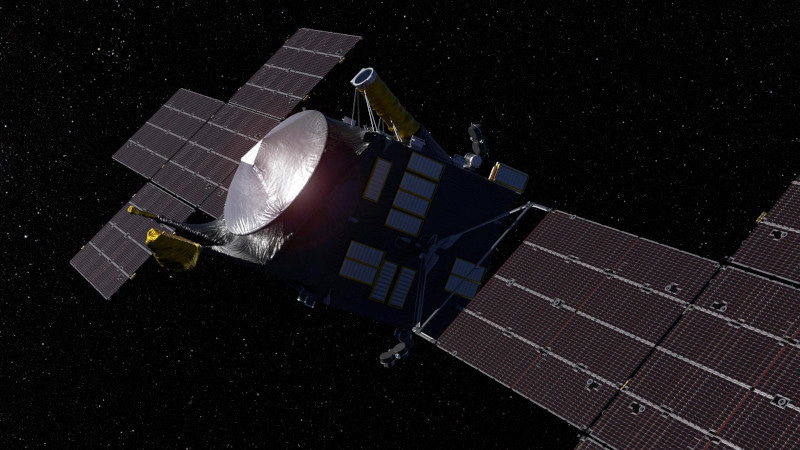Psyche Spacecraft Fires Up Its Sci-Fi-Worthy Thrusters
NASA Probe Heading to the Asteroid Belt
NASA’s Psyche spacecraft recently passed its six-month checkup with a clean bill of health, and navigators are now firing its futuristic-looking electric thrusters, which emit a blue glow, nearly nonstop as the orbiter travels farther into deep space.
The spacecraft launched from the Kennedy Space Center in Florida atop a SpaceX Falcon Heavy on Oct. 13, …
Keep reading with a 7-day free trial
Subscribe to The Journal of Space Commerce to keep reading this post and get 7 days of free access to the full post archives.



